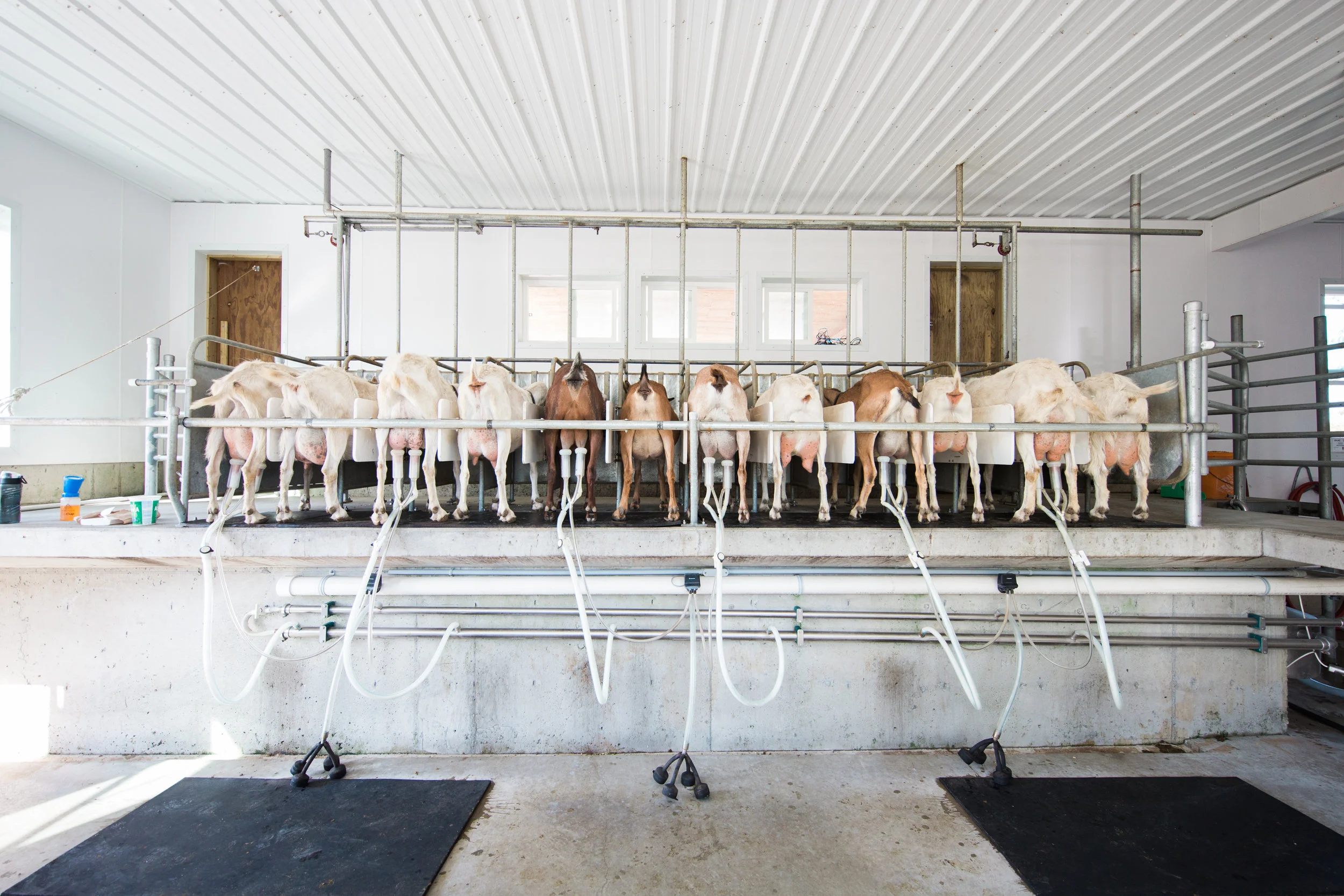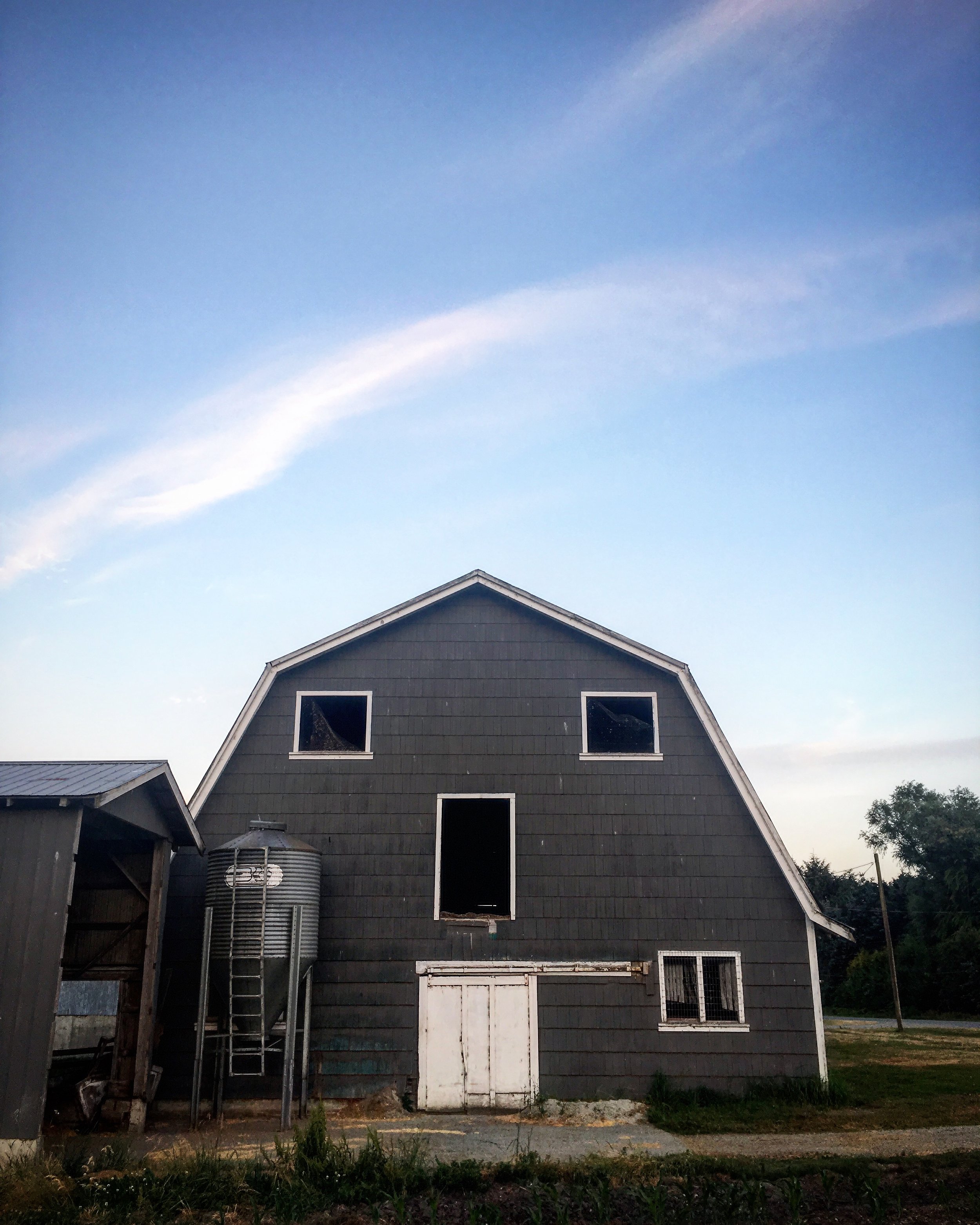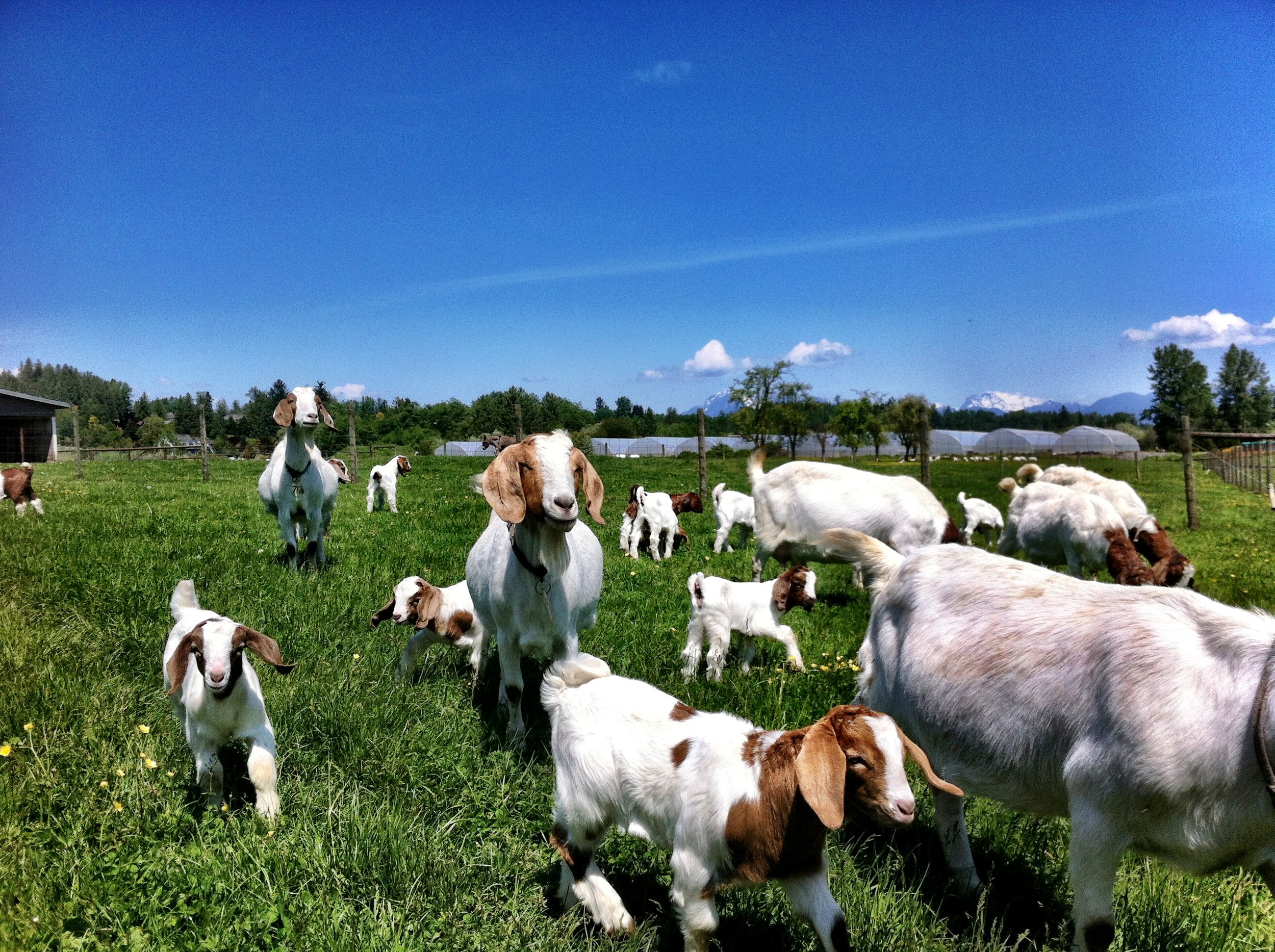


About Us
About Us
Our farmstead cheeses are all natural and are handcrafted using our own pasteurized fresh goat milk from our own herd of the long-eared Nubian and Alpines, both known for their rich milk quality, and the pure white Saanen, the Holstein of the herd. The word farmstead simply means cheese that is produced from our own herd on our own farm. In order to maintain maximum herd health and keep our operation simple, presently we milk approximately 72 goats, but do hope to increase the herd in time.
Our herd of goats are provided the best nutrition through rotational grazing, quality grain, hay and free choice minerals. During the growing season (April through September), the goats are on pasture grass. Throughout the year they are also fed hay made up of alfalfa and various grass, and a textured grain mix.
CIRCLE FARM TOUR
Finding your way to the barn door has never been easier with the Circle Farm Tour. The Regional Circle Farm Tour is a self-guided journey through many of the unique agri-tourism destinations that can be found in the Fraser Valley. The Fraser Valley’s beautiful countryside is filled with experiences to fill your senses and connect you with our friendly people and their agricultural roots. Visitors will delight in stunning countryside that is filled with unique agricultural experiences. You can explore berry farms, find out all about the workings of a dairy farm and shop for ‘fresh and local’ food at the many farm-gates and at farm and country markets.
Environmental Farm Plan
The Environmental Farm Plan encourages farmers and ranchers to be better stewards of the land through implementation of beneficial management practices. The program creates a proactive process to help farmers and ranchers identify environmental opportunities and risks on their own land. By doing so, awareness and progress is made on land improvements through agricultural practices.

Our History
Our History
Evidence suggests that the Milner Valley has been in use for at least 4,000 years. It was originally inhabited by numerous First Nation groups in the area including Kwantlen, Matsqui and Katzie First Nations. Resources were harvested off the land and water through foraging, hunting and fishing.
The land our farm resides on proved to be a vital portage between the Salmon and Nicomekl Rivers for the First Nations groups as a path was formed between the two water sources. European settlers later utilized this route for fur trade and it became known as Smugglers Trail.
The surrounding area was originally heavily forested, and eventually land was cleared by logging with European settlement in the early to mid 19th century. It was then farmed by the Hudsons Bay Company in the early 1830's, in coordination with the HBC Trading Post in Fort Langley, built in 1827. The location between Fort Langley and Langley Prairie (present day Langley City), provided 2,000 acres of arable farmland. Harvested products from the land included wheat, as well as butter from the first recorded dairy farm in British Columbia.
It continued to evolve as an important agricultural area as the community of Milner took shape, sustained by connections to Langleys early road networks such as Langley Trunk Road built in 1875 (modern day Glover Road) and the BC Electric Railway running along side it. The community consisted of a general store, rail station, bank, blacksmith shop, community hall and church, which still stands today as the Milner Chapel.
Since 1885, the Smith family has farmed on what was a portion of the original Hudsons Bay Company farm. John Smith migrated from Ontario and purchased a quarter section in the 1880's. An in-depth story on the sale of the farmland can be found here. The family has continued to farm ever since. Over the years, the farm has raised chickens and dairy cows, and has produced potatoes, nuts, pears, and most recently; cheese.
We are proud to be conserving the family farm and preserving the 1910 farmhouse, which is designated as a historic site by the Township of Langley, and is privately maintained by the Smith family as Smith Heritage House.




